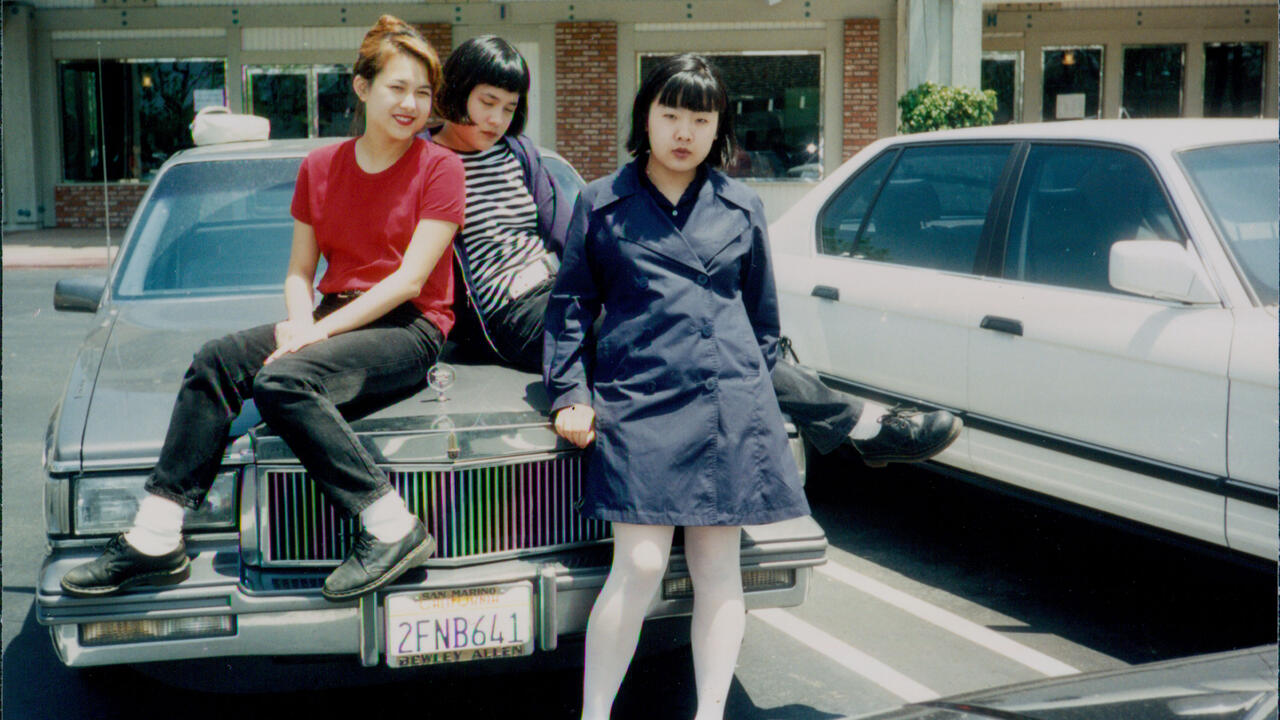2008 California Biennial
Orange County Museum of Art, Newport Beach, USA
Orange County Museum of Art, Newport Beach, USA

I thought the California Biennial would be diff-erent. Guest curator Lauri Firstenberg (with the help of assistant curator Aram Moshayedi) took a Raymond Pettibon lithograph from 1989 as a starting-point for her edition of the California Biennial (aka the Cal-Bi). Pettibon’s piece No Title (I Thought California) (1989) pictures a rumpled man running with his back turned; written above him in the artist’s spidery scrawl are the words ‘I thought California would be different.’ A print of this hung in the artist’s watering hole and bar in Culver City, the Mandrake, taunting drunks on their way to the toilet and giving more than a woozy few of us a little case of California angst. For this Biennial the print appears as an off-site project, a larger-than-life billboard towering over Hollywood.
Ostensibly the Cal-Bi, first established in 1984, is supposed to feature work made in the state, a strange localism amounting to a billowy ‘Hurray for us!’ To get to the main site of the Cal-Bi, grab a freeway or two to Newport Beach. Make a left into an industrial park just past the Fashion Island mall (called Fascist Island by local punk rock toughs) and then another left into a nondescript car park and you’ll find the main stage for the Biennial: the Orange County Museum of Art. Three vinyl banners hang in front of it, the kind that usually advertise cultural events. These particular ones feature golfers and palm trees, but Sam Durant has spray-painted them with sayings from the immigrants’ rights movement: ‘Who is the illegal Immigrant Pilgrim?’ (Untitled, 2008). While Pettibon officially holds the banner for the exhibition, its real banner hangs here in the car park, courtesy of Durant, and it encapsulates a lot of what doesn’t work about the Cal-Bi. The politicking seems nostalgically bent towards a kinder, simpler time of activism, which generally entails the artist taking a polite nibble at the hand that feeds him: some of the boosterist developers whose use of immigrant labour it seems he seeks to expose (to whom I’m not exactly sure) could well be among those who fund the museum and consequently purchase his work. This work is about as helpful to undocumented immigrants as wearing a Che Guevara T-shirt.
The strange political boundaries of California are more aptly captured by Jedediah Caesar with his work bright hot day long dark night (2008), a 1992 Toyota pick-up with 3,505 miles of patina and parts of California picked up on a road trip that took the artist all over the state and its varied terrain – a strange geological time capsule of the open road rolling over a multifarious landscape. In that vein the amorphous arrangement of the Cal-Bi included 29 off-site projects spread all over the state. Many of these were either long in planning or already realized and simply absorbed by the Biennial. But even if they failed to be realized or realized properly – Piero Golia’s Lighted Sphere (2008) at the time of writing was still sitting in a fabricator’s storage waiting for permits long overdue – the simple fact that they were all over the place made it impossible for anyone to ever see all of them anyway. Different parts were better than others, but the off-site projects, distributed between Northern California and Tijuana, Mexico, inevitably spread the Cal-Bi so thin it often disappeared (even though roughly 90 percent of the artists came from Los Angeles).
Nevertheless, a number of artists included managed to capture imaginaries both local and international with their practice. Morgan Fisher calculated his own height and weight from two different points in his life into surface areas that form perfect monochrome white squares on the floor, entitled Self Portrait (March 1994; height 6’ 41/2”, weight 184 pounds – body surface area 3,332.5 square inches) (1994/2008), and Self Portrait (January 2002; height 6’ 41/2”, weight 188 pounds – body surface area 3,355.75 square inches) (2002/2008). Placed one inside and one outside the museum, the two works gave you the shivers as you stepped over them – although the sundry footsteps that marked them suggested many had trampled will-nilly over the artist – providing a darkly funny take on the modernist monochrome. Mark Hagen’s painted re-creation of a cease-and-desist proclamation, written in the thick scrawl of a schizophrenic and addressed to the ‘psychic underworld’ (Dear Psychic Underworld…, 2007), is dangerous proxy for the strange end-of-continent madness and New Age tomfoolery deeply embedded in the California image.
With a localist mandate, the Cal-Bi is a hard gig. Firstenberg and Moshayedi should be complimented for their ambition in even taking on this project, and then attempting to expand the field of its fragile inquiry. They avoid many, but not all, of the stock clichés of California, but perhaps Pettibon had it right from the start: I thought California would be different.






















